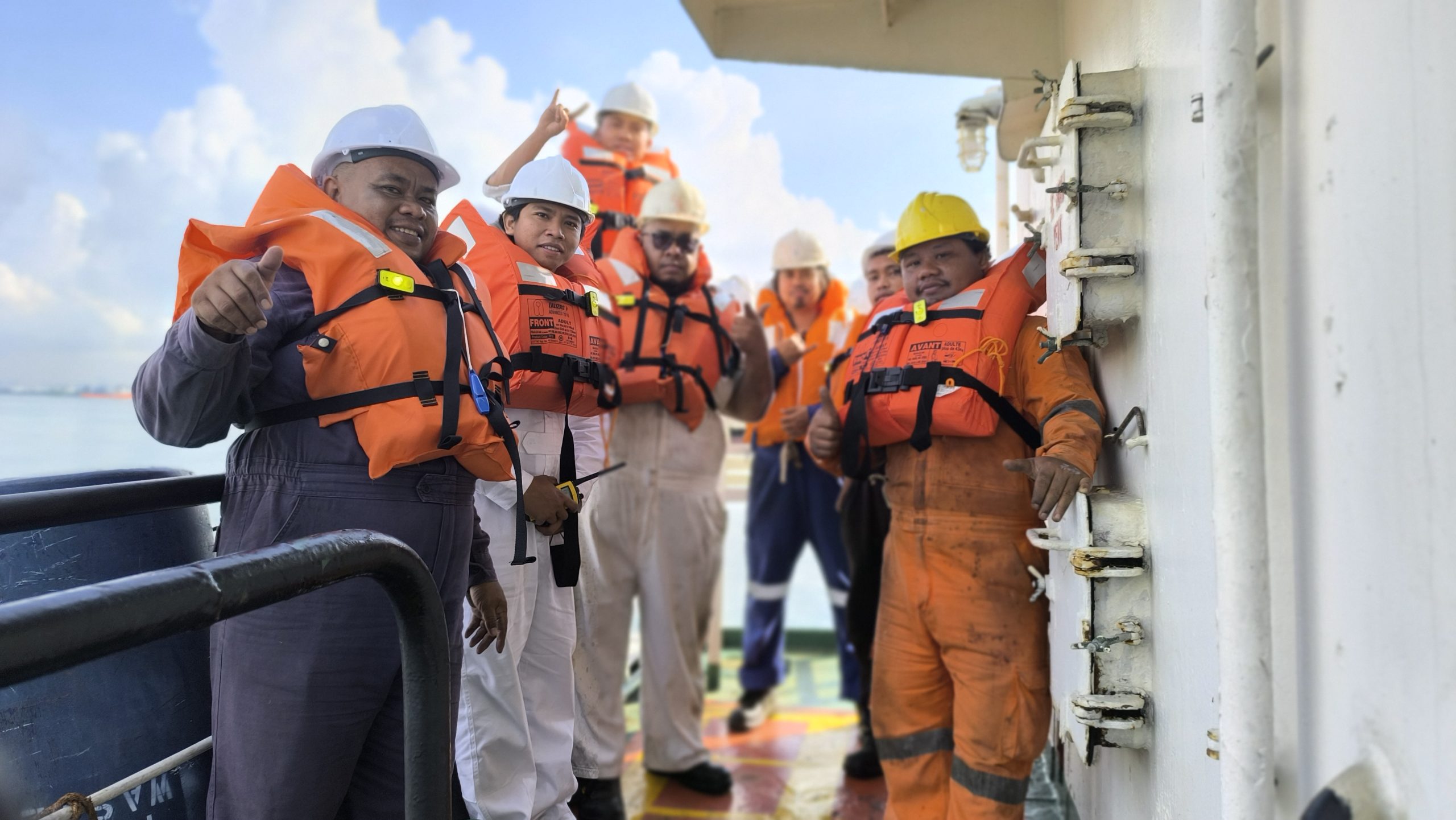Abandon Ship Drill: A Vital Procedure for the Safety of Life at Sea
In the middle of the vast ocean, where the nearest land can be hundreds of miles away, readiness for emergency situations is absolute. The safety of life is the highest priority, and one of the most fundamental ways to ensure this is through regular, structured drills. The Abandon Ship Drill is a crucial procedure conducted monthly on our vessel to ensure every crew member is familiar and swift in their respective roles when the worst-case scenario occurs.
This drill is not merely a formality but an in-depth simulation designed to build muscle memory and team coordination under pressure. The following is a detailed account of a recently conducted drill.
The Simulation Begins: Emergency Call from the Bridge
Promptly at 11:30 AM, the simulation commenced. The scenario began on the bridge, where the Master, after careful observation and consideration of a critical situation (e.g., an uncontrollable fire, severe flooding, or grounding), determined that the vessel was in peril and the possibility of sinking was unavoidable. The crucial decision to abandon the ship was made.
Immediately, the general emergency alarm was sounded throughout the vessel. This distinctive signal consists of seven (7) short blasts followed by one (1) long blast from the ship’s whistle, reinforced by the continuous ringing of the alarm bell. For every seafarer, this signal is an non-negotiable command: proceed immediately to the Muster Station.
Assembly at the Muster Station
Upon hearing the alarm, all crew members, without exception, ceased their activities. They promptly retrieved their life jackets from their respective cabins and moved quickly to the designated assembly point: the Muster Station on Deck No. 2 (Boat Deck), located at the aft section of the ship.
There, the Chief Officer was ready with the crew list. He was tasked with taking a headcount, ensuring no one was left behind. Once all crew were confirmed to be present, the Master officially announced the order to abandon ship.
Division of Tasks and Responsibilities in the Simulation
Although this was only a drill, every role was performed with the utmost seriousness. The Chief Officer provided instructions and ensured each team understood their duties:
- Master (Captain): Remained on the bridge, the command center. His primary duty was to transmit a distress signal using all available GMDSS (Global Maritime Distress and Safety System) equipment, including activating the EPIRB (Emergency Position Indicating Radio Beacon), the SART (Search and Rescue Transponder), and making a distress call via VHF Radio.
- Chief Officer: Acted as the on-deck commander. He gave technical instructions on how to manually launch the liferafts and ensured all important ship’s documents, including cargo documents, were secured to be taken.
- Chief Engineer & 2nd Engineer: Served as technical coordinators for the liferaft launching process, ensuring all mechanical procedures were carried out smoothly and safely and ensured all important ship’s documents, including engine documents, were secure to be taken.
- Bosun & Crew Member One: This team was responsible for releasing all the lashing straps from the four liferafts (2 inflatable and 2 rigid). They had to prioritize the side to which the ship was listing. For example, if the ship was listing to the starboard (right) side, the liferafts on the starboard side had to be launched first. We have only Liferafts no Lifeboat or Rescue Boat on board.
- Crew Members Two & Three: Tasked with preparing evacuation access. They released the lashings on the embarkation ladders and lowered them to the water. Like the liferaft team, they prioritized the side corresponding to the ship’s list to ensure a safer evacuation.
The Final Order and Drill Evaluation
Once all preparations on deck were complete and the teams reported their readiness, the Master gave the final command: the verbal order to abandon ship. Of course, as this was a simulation, the crew did not actually board the liferafts.
The drill was declared complete at 12:30 PM. Overall, the drill was carried out with satisfactory results. The coordination between teams was good, and all crew members understood their roles.
Corrective Note: Despite the success, one important point for future improvement was noted: the time taken to assemble at the Muster Station needs to be shortened. In a real situation, a few seconds can be the difference between life and death.
Thank you to the entire crew for their cooperation. Drills like this are the best investment in our most precious asset: human life. Always remember,
Safety First!









